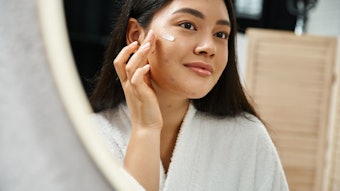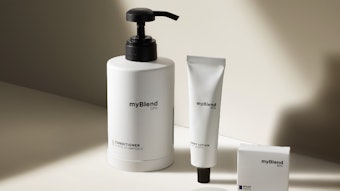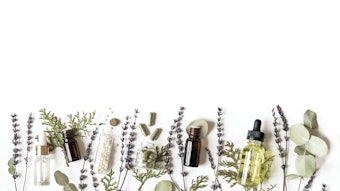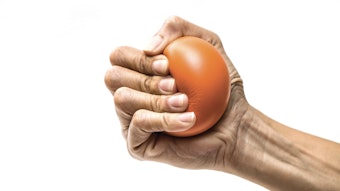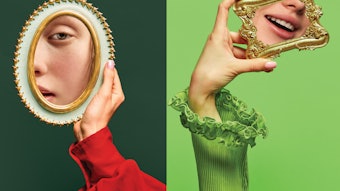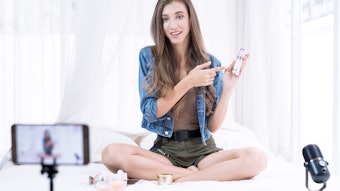
The crowning of Arab-American Rima Fakih as Miss USA in mid-May 2010 has been a public affirmation of the shifting and broadening of beauty ideals in the United States. Fakih has become a poster girl for religious and ethnic diversity, and her success reflects the degree to which the United States’ melting pot ideal is now being superseded by a richer pattern of mosaic pluralism and the broadening of beauty ideals that comes with it.
Eva Mendes, another current U.S. beauty and style icon, declared in a recent interview with W magazine, “I have Cuban parents, but for me, I am the new American girl. It’s not only Drew Barrymore and the blond Midwestern girl. This [pointing to her face] is also what we look like now.”
Clearly, the ethnic tapestry of the U.S. population has had an impact on the country’s beauty ideal, and the landscape of beauty products and services currently available help U.S. women and men come closer to it.
The broadening beauty ideal
Harvard Business School history professor Geoffrey Jones offers some interesting insights into the realm of consumers and beauty in his book Beauty Imagined: A History of the Global Beauty Industry (Oxford University Press USA, 2010). This work traces how successive generations of entrepreneurs built brands that shaped perceptions of beauty. They democratized access to beauty products—once the privilege of elites—but at the same time defined the ethnic borders of beauty, resulting in a homogenization of beauty ideals. “Beauty became associated with Western countries and white people while the beauty industry turned these underlying trends into brands, creating aspirations that drove their appeal,” says Jones.
What’s different about today, explains Jones, is that globalization is transforming the beauty industry, with brands being forced to respond to a far greater diversity of cultures and lifestyles as new markets open up worldwide.
In America, ethnic niche consumption and marketing are well-developed. Specialty foodstuffs for Hispanics and Asian-Americans are common and easily found. In the beauty realm, physiological differences between Caucasians and other ethnic groups have created a huge market for specialized skin and hair care products. According to Lola Maja, United Kingdom makeup artist, “In America, brand name cosmetics have now realized what we’ve known for a long time; that there is big business in cosmetics for skin tones of color.” Meanwhile, members of the general population are also becoming interested in drawing upon ethnic heritage to service their own needs, be it traditional Chinese medicine or Indian ayurvedic remedies. Indeed, SpaFinder’s Top 10 Global Spa Trends to Watch in 2010 report highlights, “The spa industry provides an extraordinary, shining example of globalization essentially in reverse: the massive exportation (and promotion) of indigenous therapies and health traditions across the world.”
Age-related aspects and stereotypes
America’s newest generation, the millennials, is in the middle of the coming-of-age phase of its life cycle, with its oldest members heading for age 30, and its youngest approaching adolescence. A February 2009 report by public policy institute and think tank, the New America Foundation, reveals that they are the most ethnically and racially diverse cohort of youth in the history of the United States. Among those aged 13–29, 18.5% are Hispanic, 14.2% are black, 4.3% are Asian, 3.2% are mixed race or other, and 59.8%—a record low—are white.
A summer 2010 national multicultural survey by ad agency GlobalHue finds ethnic boundaries blurring in the new America. After looking at four major population segments—African-Americans, Hispanics, Asian-Americans and non-Hispanic Whites—the survey, titled Multicultural Nation: Divergence and Convergence in the New America, found consumers from various ethnic groups clustered by degrees of feelings of optimism and pessimism, and by the degree to which they were engaged in their communities.
“The backdrop to many of the decisions made by American consumers today is the degree of optimism or pessimism that they feel,” believes Don Coleman, chairman of GlobalHue, who sees this as having important implications for marketers seeking to understand all American consumers, whether urban or rural, upwardly mobile or downscale, acculturated or newly migrated.
Care for skin of all colors
Erika Dunlap, Miss America 2004; sports stars Venus Williams and Alonzo Mourning; and Alfred C. Liggins, III, president of Radio One, are all regulars at the Cultura Cosmetic Dermatology & Laser Center in Washington, DC. With a tagline of “Skin care for all cultures,” this spa was founded by physicians who are experts in cosmetic treatments for African-Americans, Asians and Latinos. Spas such as Cultura are raising the bar for skin care, drawing attention to the fact that skin of color is often extra delicate, and vulnerable to trauma and scarring from beauty treatments, such as chemical peels and those involving lasers. Today, spa professionals nationwide are becoming more attuned to the needs of non-Caucasian consumers.
Significantly, one of SpaFinder’s Top 10 Global Spa Trends to Watch in 2010 is “Diversity at a tipping point.” Analysts of this spa resource believe that this year in the United States, diversity—which includes new ethnic audiences as well as nontraditional clients, such as teens, seniors and men—has reached a tipping point. Spa-going has become so mainstream that the face of the spa-goer already mirrors, and will continue to reflect, the wider population. “Spas are taking note, with offerings that cater to these diverse groups’ needs and wants,” according to the report. SpaFinder argues that the growing non-white U.S. population is a force partially responsible for putting fresh new faces not only in the White House, but also in the spa.
Affluent consumers of color
Luxury marketers are starting to think of new ways to segment and target consumers, and many analysts are pointing to a cohort of comfortable-but-often untapped consumers—affluent consumers of color. This group is an under-the-radar-but-overtly-influential consumer segment offering opportunity for luxury purveyors. According to Merill Lynch, approximately 40,000 Hispanics are physicians, and Packaged Facts indicates that Asian-Americans now total about 13 million people in the United States, representing between 10–25% of elite university enrollments.1 Within this group, Asian Indians are the fastest-growing and wealthiest ethnicity, with almost 40% of them holding a professional degree.1 In the United States, companies, such as New Jersey-based Diversity Affluence are seeking to help brands understand and market to affluent consumers of color.
Tomorrow’s U.S. consumer of color
U.S. consumers overall are increasingly more vocal and aware of their importance to companies. The same applies for consumers of color, who choose which beauty standards they follow and set. They change without giving notice and demand that their beauty needs be respected. It may be time to ask the question: How is your spa serving multicultural clients?
REFERENCE
1. ezinearticles.com/?2010-Trend-Predictions-For-Affluent-Ethnic-Consumers&id=1245756 (Accessed Jul 12, 2010)
